Did you know that corals are living in the deep sea? That’s right, they’re aren’t only a part of the vibrant sunny reef ecosystems we’ve grown to know and love while watching movies like Finding Dory or Chasing Coral. Some species of coral live in complete darkness and withstand incredibly cold temperatures. They are just as striking in color as the shallow versions and have even been known to live up to 500 years old. Scientists use these corals as indicator species to gauge the health of the deep sea. Do you want to learn more about these jewels of the sea? Thanks to the Ecosystem Impacts of Oil and Gas Inputs to the Gulf (ECOGIG) for putting these video tutorials together. You’ll learn exactly how does a coral of the deep sea survives (i.e., there is no sunlight for photosynthesis), how scientists study them (i.e., great overview of technology and remote operating vehicles), and why scientists study them (i.e., human impacts like the Deepwater Horizon disaster). The best part is that each one is less than five minutes and it’s on Vimeo so hopefully your school hasn’t blocked it.
Thanks to Emily Davenport for sharing these with NMEA.

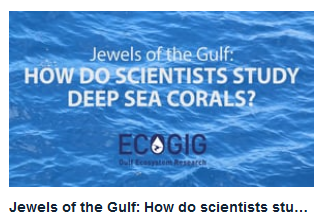



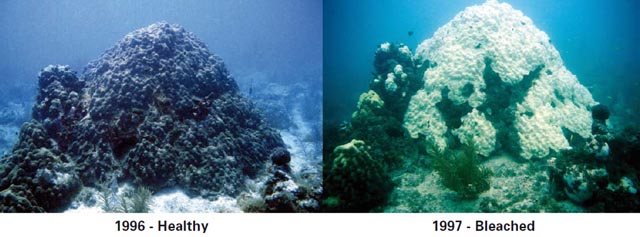
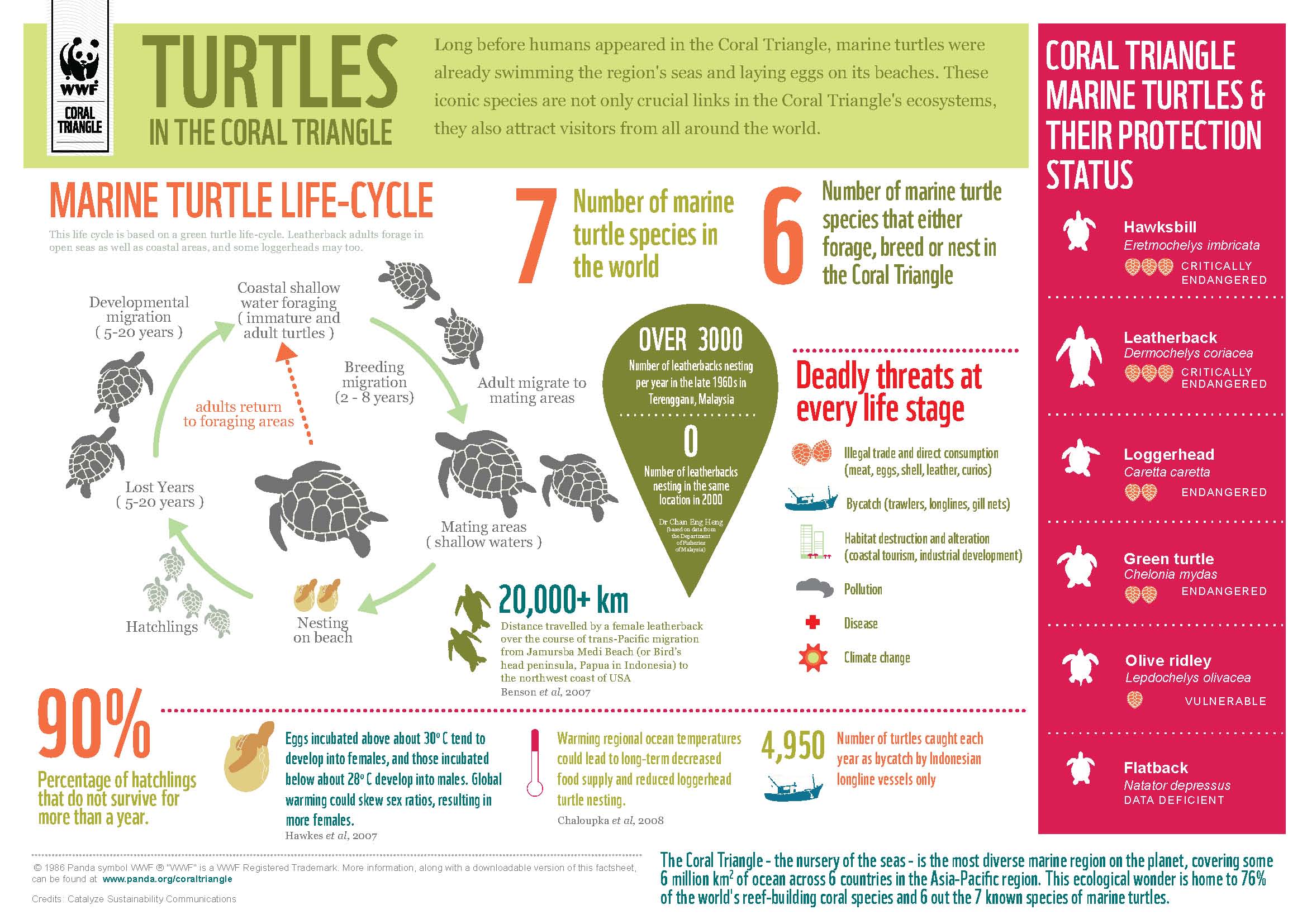

 Maybe reading about the many reasons plastic sucks is not something you consider a valuable use of your time. I get it – it can be depressing. So, I ‘ collected a new way to get the news across (for you to share the message with friends and family). Since January 2017, National Public Radio has found the subject of plastics and how it affects the world valuable enough to create these ten stories. There may even be more stories at the member station level. Feel free to share in the comments section if you find one.
Maybe reading about the many reasons plastic sucks is not something you consider a valuable use of your time. I get it – it can be depressing. So, I ‘ collected a new way to get the news across (for you to share the message with friends and family). Since January 2017, National Public Radio has found the subject of plastics and how it affects the world valuable enough to create these ten stories. There may even be more stories at the member station level. Feel free to share in the comments section if you find one.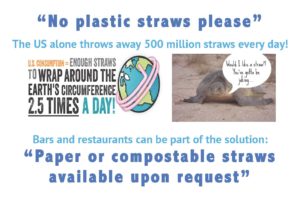
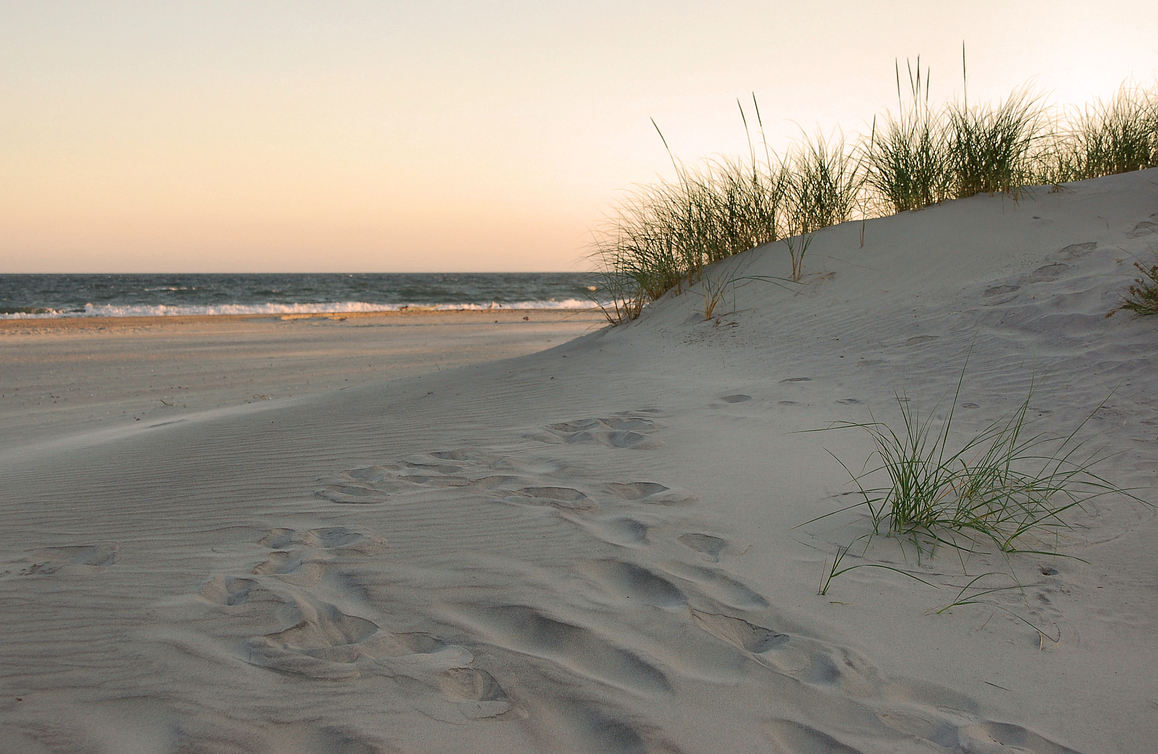
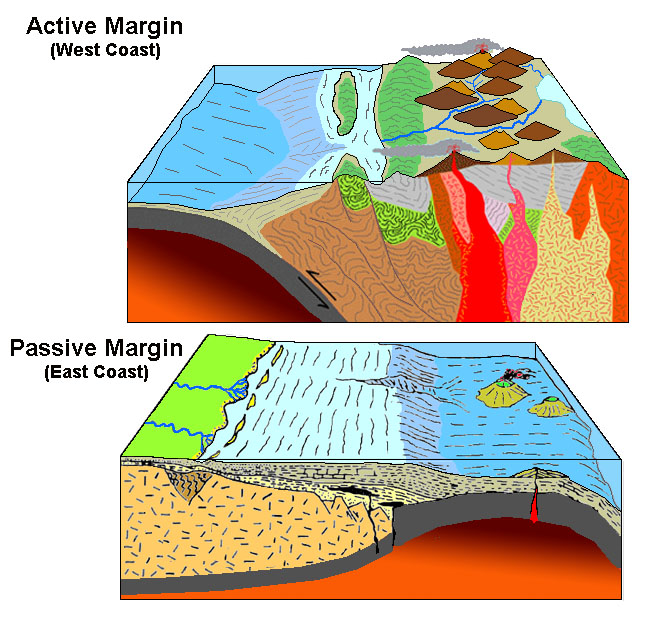
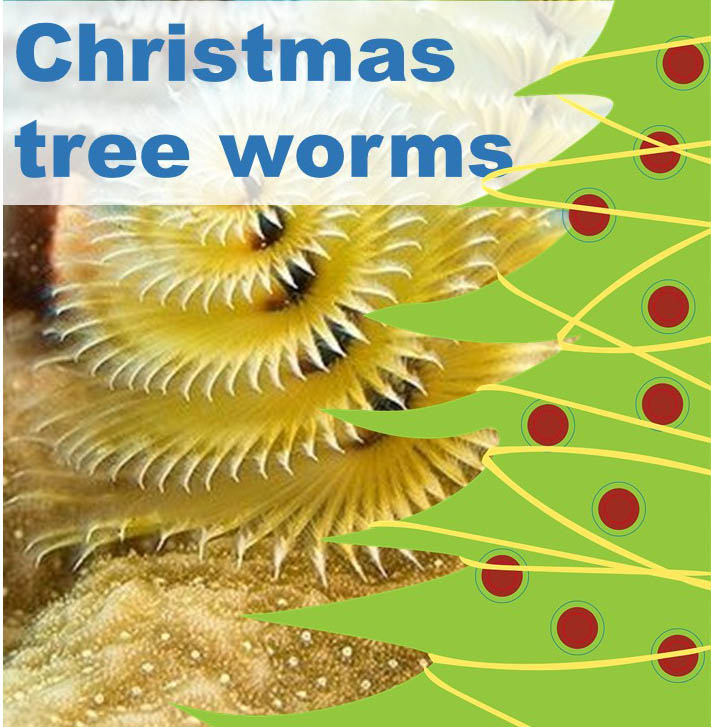







What people are saying …